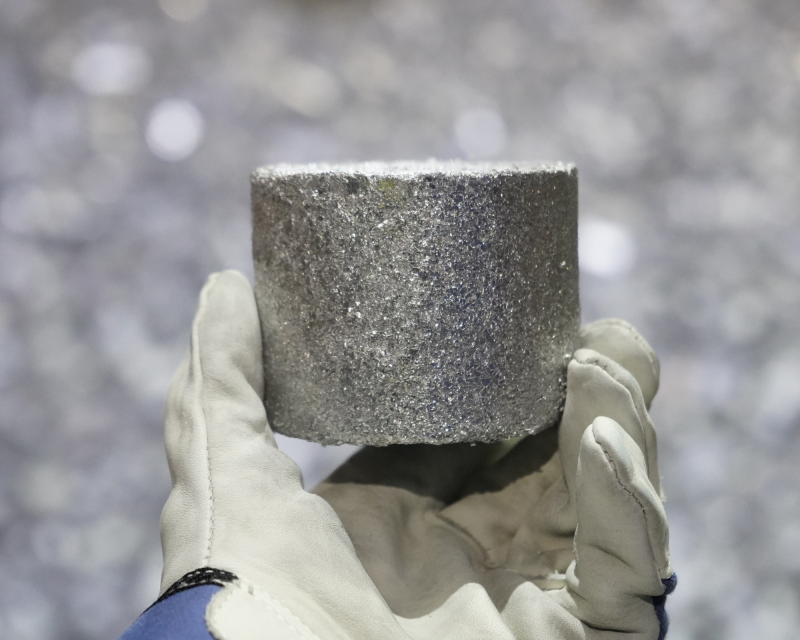Recycled aluminum from renewable energy helps Alcoa advance sustainably
Alcoa Corp

Alcoa has completed the installation of a new furnace that recycles scrap aluminum using renewable energy. The project is the result of a collaboration between Alcoa and MMG Aluminium. Once cast, the recycled metal can be used for anything from beverage cans to electric cars.
We are working on our vision to reinvent the aluminum industry at Alcoa. In some cases, this means that radical new ideas are needed that will change the way aluminum is made in the future. In other cases, it means significant upgrades that can help us move forward sustainably today, such as our Mosjen smelter.
The site, which is in northern Norway between mountains and the sea, now has the largest recycling infrastructure investment made by our company. There, Alcoa has finished putting in a new furnace that recycles old aluminum using renewable energy. This saves energy and shows how much more we can recycle our metal.
The project is the result of a collaboration between Alcoa and MMG Aluminium, a German-based metals trading company that provides clean aluminum chips and shavings compressed into briquettes to Mosjen. The briquettes are melted quickly in the induction furnace, and the recycled aluminum is then poured out to be mixed with the smelter's low-carbon aluminum and different alloying materials, depending on where it will be used.
The recycled metal, once cast into new shapes and sizes, can be used for anything from beverage cans to electric cars.
“We have been working with the plant in Mosjøen for more than 15 years, and we are happy to see our long and steady relationship grow with an increase in the site’s recycling capabilities,” said Guenter Strobel, the CEO and Founder of MMG Aluminium. “We see Alcoa as the right partner for this project, which combines green energy to power a new furnace with the high-end quality standard of the products that we get from Alcoa Mosjøen.”
What exactly is an induction furnace?
Most scrap remelting plants around the world use furnaces powered by natural gas burners located on the walls and roofs, radiating heat onto material placed in the center. Mosjen's induction furnace, on the other hand, is powered by wind and hydropower and generates heat by passing alternating current through a resisting coil. That heat melts the scrap and removes any impurities before pure aluminum is poured off through the furnace's tilting mechanism.
By using renewable-powered induction to melt aluminum, approximately 4,400 metric tons of carbon dioxide emissions per year are avoided by not using a traditional furnace powered by natural gas. That is the equivalent of removing approximately 1,000 internal combustion engine vehicles from the road. Because recycled scrap has a lower carbon footprint throughout its life cycle, the total carbon footprint of the melted product is significantly reduced.
Automation increases safety and efficiency.
An automatic system charges, tends, cleans, and robotically skims the furnace. The most recent security features assist in detecting any unsupervised movement from a fully automated operations room. Given the variety of sensors and guiding systems, the induction furnace can operate semi-autonomously. This is especially useful when blending scrap metal with primary aluminum to precisely match the needs of the customer. Customer requirements in terms of purity, alloy content, and any special requirements are fully met by analyzing the scrap and performing advanced calculations.
Sustana aluminum products include EcoDuraTM aluminum, which has a minimum recycled content of 50%, and EcoLumTM primary aluminum, which has less than 4.0 CO2e emissions (scope 1 and 2) from bauxite, alumina, smelting, and casting. This performance is approximately 3.5 times that of the industry average and is available in a wide variety of primary products, including billet, foundry, slab, rod, unalloyed high purity, and P1020.
Source: Alcoa news release






